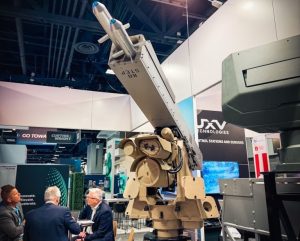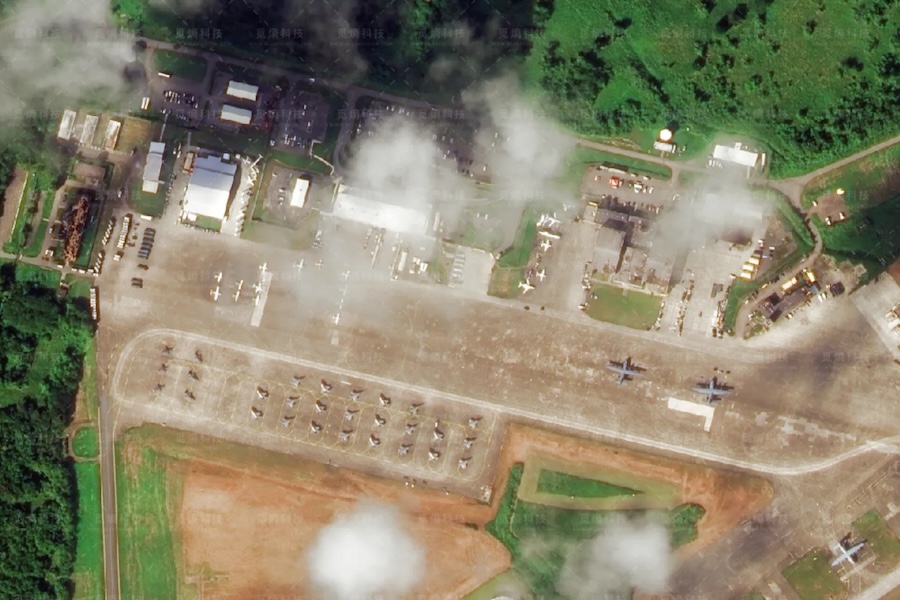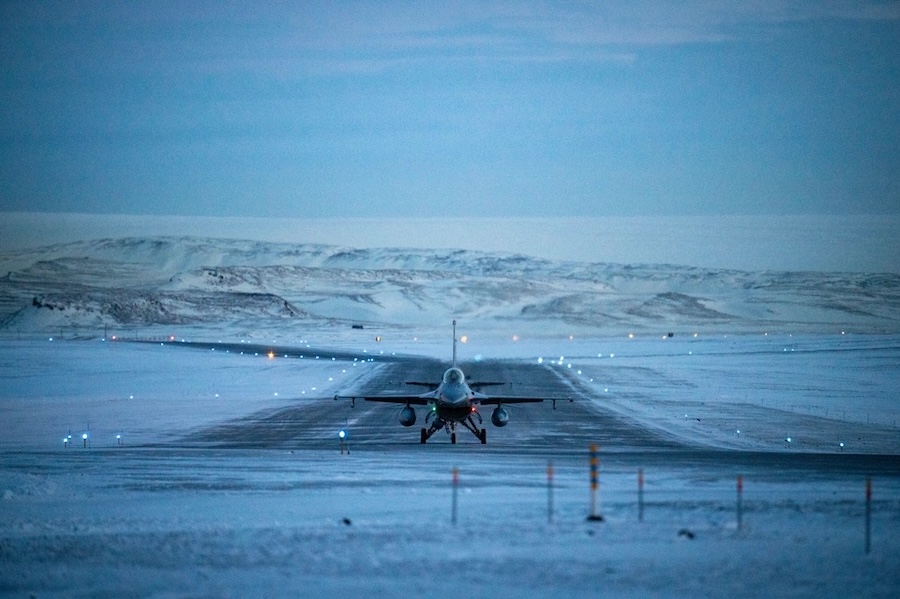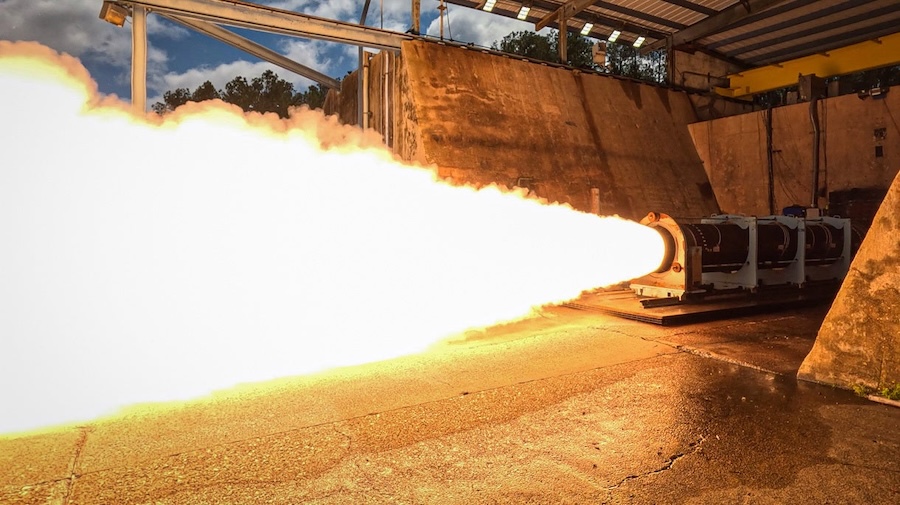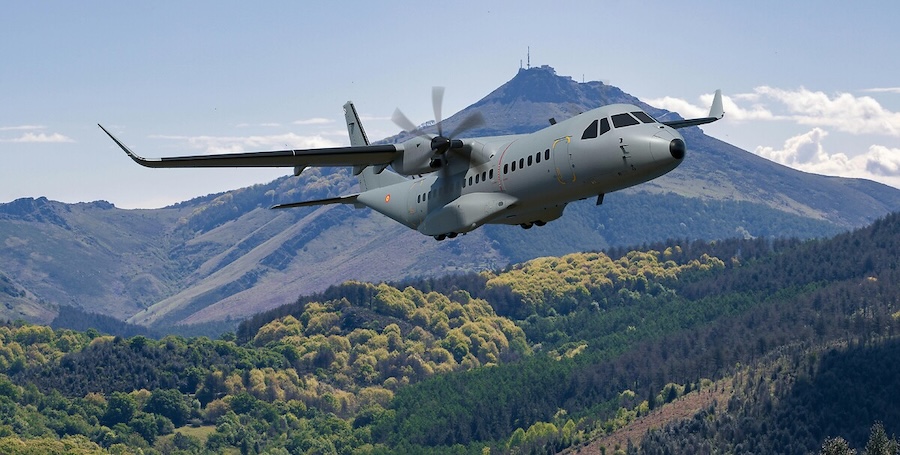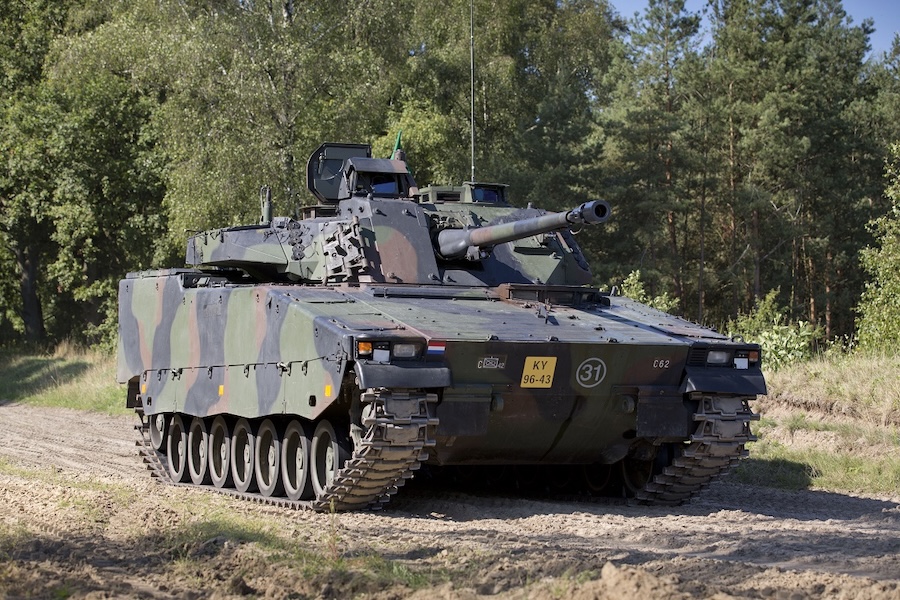Sentinel-1D, developed by Thales Alenia Space, a joint venture between Thales (67%) and Leonardo (33%), will provide vital radar imagery to monitor environmental changes and support responses to natural disasters. The satellite captures images of Earth’s surface day and night, in all weather conditions, supporting studies of landslides, volcanic activity, polar ice variations, deforestation and water management, while assisting emergency and rescue services.
“I’m particularly proud of this successful launch — now the Sentinel-1 family is complete,” said Giampiero di Paolo, Deputy CEO and Senior Vice President Observation, Exploration and Navigation at Thales Alenia Space. “Our long-standing recognized expertise in developing radar-based Earth observation satellites is once again on orbit.”
Thales Alenia Space CEO Hervé Derrey added: “Over the years, our company has proven it has the capabilities required to meet this program’s technological challenges, fully aligned with Europe’s environmental policy goals and marking a new phase in our collaboration with the European Commission and ESA.”
Sentinel-1D, like Sentinel-1C, carries an Automatic Identification System (AIS) payload to enhance maritime safety by improving vessel monitoring, preventing collisions and managing traffic in sensitive areas. It also features a patented mechanism that separates the radar antenna from the spacecraft bus during re-entry, reducing the generation of orbital debris.
As prime contractor for the Sentinel-1 mission, Thales Alenia Space is responsible for design, development, integration and testing of the satellites. Each Sentinel-1 spacecraft is based on the PRIMA platform developed for the Italian Space Agency and equipped with a C-band synthetic aperture radar instrument from Airbus Defence & Space, enabling high-resolution mapping at up to five metres and coverage of 400 kilometres.
The Sentinel-1 mission consists of two satellites operating in tandem in Sun-synchronous orbit, providing global coverage every 12 days. With a launch mass of 2,184 metric tons and a design life of seven years, Sentinel-1D will orbit at 700 kilometres altitude. Leonardo contributed attitude sensors and radar power units, while Telespazio Germany supported launch and early operations. Data will be collected by European centres including the Matera Space Centre operated by e-GEOS.
Copernicus, managed by the European Commission and co-funded by the European Union and the European Space Agency, is the world’s most advanced Earth observation system. It delivers continuous, open-access data to help monitor the environment, address climate change and support civil security worldwide. Thales Alenia Space contributes to 11 of the 12 Copernicus missions, reinforcing Europe’s leadership in sustainable space technology and environmental monitoring.









